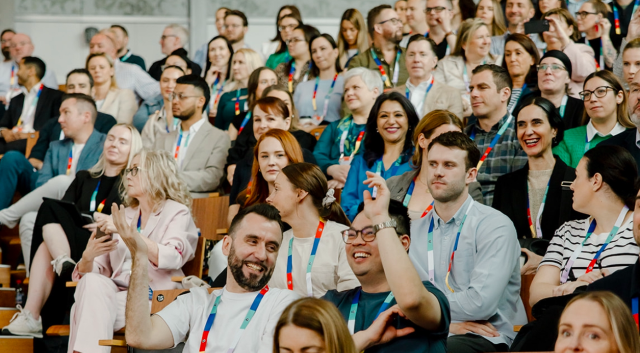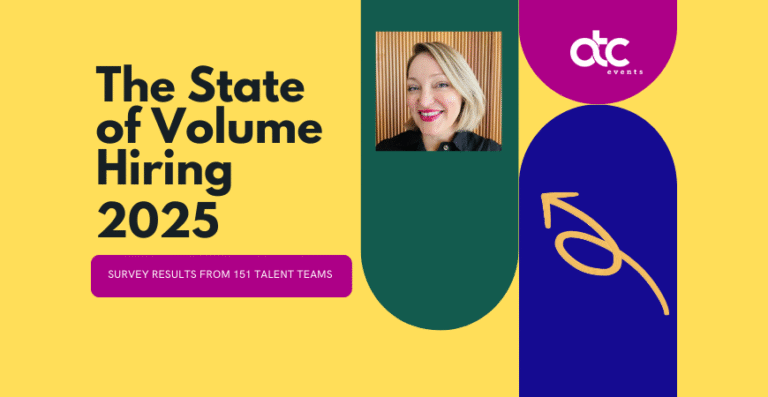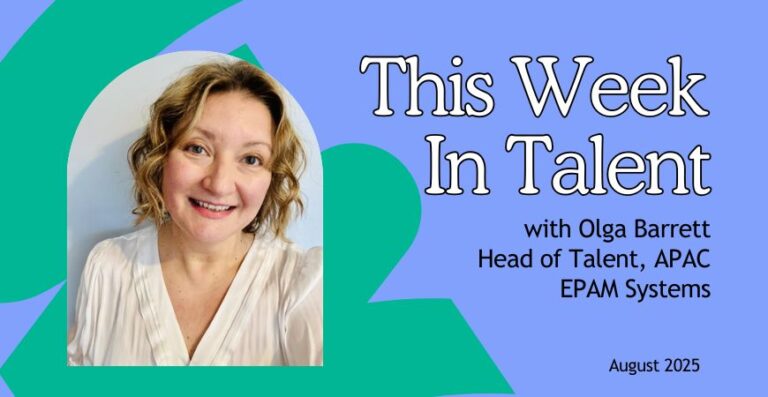During a recent dinner catch up with a dear friend who is also a seasoned business leader, we unconsciously delved into a topic which quickly escalated. This particular topic is becoming increasingly prominent in the workplace: the evolving attitudes of younger generations towards work. He expressed concern over what he perceives as a decline in work ethic and an increase in entitlement among millennials and Gen Z employees. His observations echo a common sentiment among many seasoned professionals, who reminisce about a time when job security and a steady income were enough to inspire motivation and gratitude in employees.
However, this conversation prompted me to reflect on the significant changes that have shaped the workforce over the years. I shared some insights which I believe are crucial for understanding why we’re witnessing these shifts in attitudes across all sectors and around the globe.
One noteworthy trend which we discussed was the concept of “躺平(Tang-Ping),” translating to “lying flat,” which has gained significant attention in China. I even caught my Aunty jokingly referring to my cousin as part of the ‘Tang-Ping clan’ during my recent trip to Sichuan. This ‘philosophy’ has resonated with many young people worldwide, paralleling the “quiet quitting” movement in America, popularised by TikTok videos. These trends are often misunderstood as laziness, but they reflect a deeper sentiment among the younger workforce about preserving their well-being, avoiding burnout and putting more focus on the quality of life.
Dr. Monique Ryan, MP for Kooyong, recently highlighted these issues in an interview with A Current Affair. She argued convincingly that today’s youth are not less diligent than previous generations; they simply face different challenges. With soaring housing prices, burdensome student loans, and rising living costs, it’s clear that the economic landscape has dramatically shifted since their parents’ generation. Dr. Ryan’s points underline the need to reassess our quick judgments and engage more deeply with the root causes of these workplace trends.
The Deloitte Global 2022 Gen Z and Millennial Survey provides further insights, showing that passion and societal impact are significant motivators for younger workers. This generation evaluates the success of a business not just by its financial outcomes, but also by its contribution to society and the duty of care shown to their employees. These are crucial perspectives that businesses need to understand and embrace if they want to attract and retain and evolve with the young talents.
How can TA & business leaders better engage with the next gen?
So, what steps can we take as HR professionals and business leaders to align our practices with the expectations of our new generation? Here are some great initiatives in my opinion:
Purpose-Driven Business Model: It’s vital to ensure that our business missions resonate with broader societal issues. Younger employees are more likely to be engaged and motivated when they feel their work has a meaningful impact beyond profit.
Inclusive and Collaborative Work Environment: Diversity in thought and representation should not only be encouraged but championed. An inclusive workplace fosters innovation and reflects the values important to younger generations.
Enhanced Employee Benefits: Recognising and rewarding hard work through comprehensive, worthy benefits and truly meaningful recognition programs will significantly boost morale and productivity.
Constructive Communication: Shift from a culture of criticism to one of constructive feedback. This helps in nurturing a supportive environment where employees are encouraged to grow and improve.
Diverse Mentorship Opportunities: Expanding mentorship beyond direct management to include a variety of perspectives and skills can offer employees a richer, more supportive learning environment.
Adapting to the needs and expectations of millennials and Gen Z is not just beneficial but essential. As business leaders, we must evolve our approaches to ensure that we are not only attracting young talent but also fostering an environment in which they can resonate and thrive within. By doing so, we position our businesses to be relevant, resilient, and successful in the changing landscape of work.







